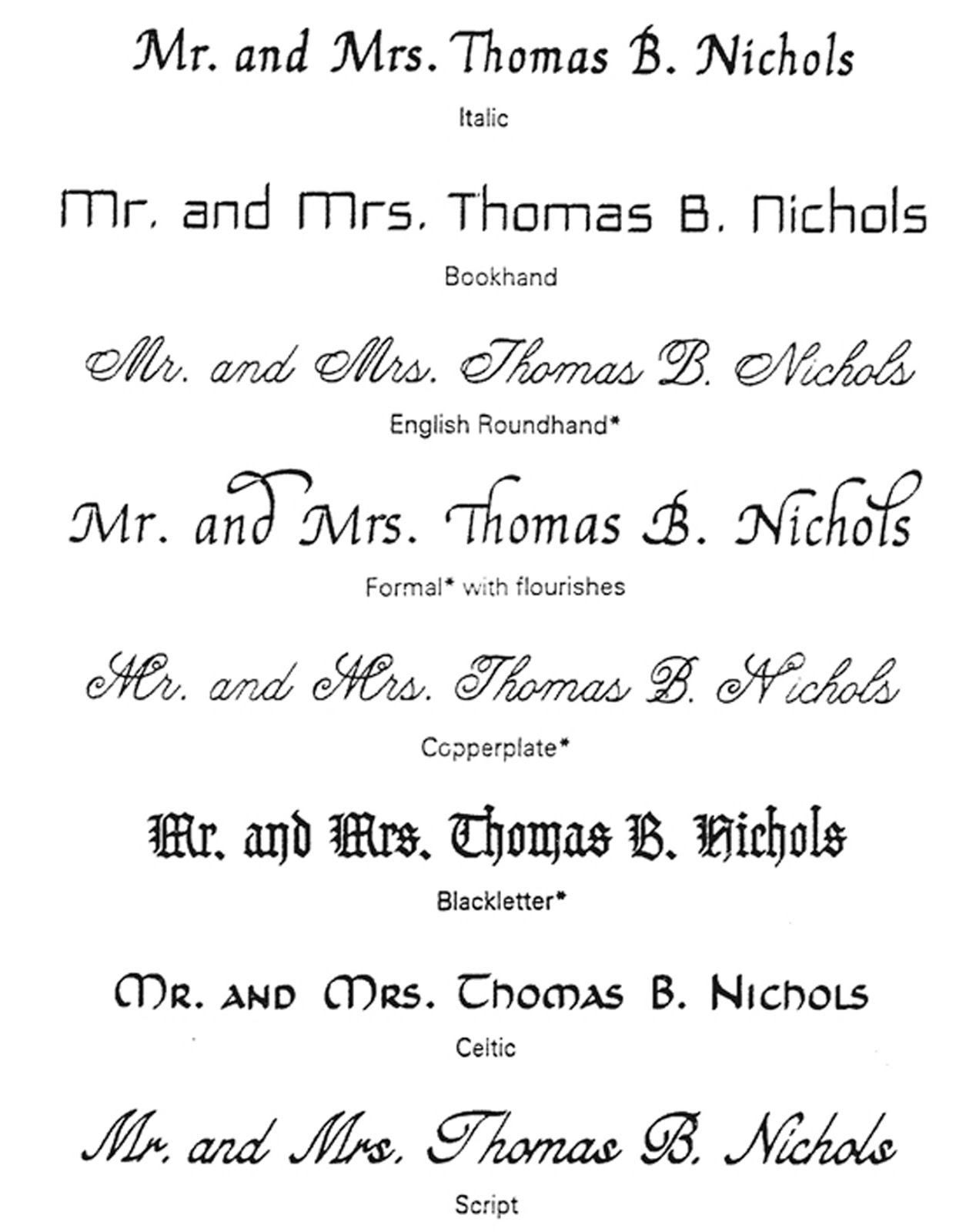Writing letters has been a significant form of communication for centuries, bridging distances and fostering connections between individuals. In a world dominated by instant messaging and emails, the art of letter writing remains a cherished skill that can convey emotions, thoughts, and sentiments with a personal touch. From heartfelt love letters to formal business correspondence, different styles of writing letters cater to various purposes and audiences, making the written word a powerful tool in our everyday lives.
Each style of letter writing reflects the writer's intent, personality, and the nature of the relationship with the recipient. Whether you’re sharing a joyful announcement, expressing condolences, or simply catching up with an old friend, understanding the different styles of writing letters can enhance the effectiveness of your communication. This article delves into various styles of letter writing, showcasing their unique attributes and when best to use them.
As we explore the different styles of writing letters, we'll uncover how each style can shape the tone and impact of your message. From the classic formal letter to the playful and whimsical note, each approach has its place in our lives. So, let’s embark on this journey of discovering the diverse ways to pen down our thoughts and emotions through letters!
What Are the Different Types of Letter Writing Styles?
Letter writing can be categorized into various styles, each serving a distinct purpose. Here are some of the main types:
- Formal Letters
- Informal Letters
- Business Letters
- Personal Letters
- Love Letters
- Thank You Letters
- Apology Letters
- Condolence Letters
1. What is a Formal Letter?
Formal letters are typically used in professional settings or when addressing someone in a position of authority. They follow a specific structure and tone, ensuring that the message is clear and respectful.
Key Features of Formal Letters
- Standard format: Includes sender's address, date, recipient's address, and subject line.
- Polite and professional language.
- Clear and concise content.
- Formal closing (e.g., "Sincerely," "Yours faithfully").
2. How Do You Write an Informal Letter?
Informal letters are written to friends, family, or acquaintances. They allow for a more relaxed tone, enabling the writer to express emotions freely.
Characteristics of Informal Letters
- Casual greeting (e.g., "Hey," "Hi").
- Personal anecdotes and conversational language.
- Flexible structure and format.
- Friendly closing (e.g., "Best wishes," "Love").
What Makes Business Letters Unique?
Business letters are a crucial component of corporate communication. They present information in a clear, formal manner while addressing various topics such as inquiries, complaints, or proposals.
Elements of Effective Business Letters
- Professional tone and language.
- Clear subject line to indicate the purpose.
- Well-structured content with an introduction, body, and conclusion.
- Signature and title for authenticity.
When Should You Write a Personal Letter?
Personal letters are a wonderful way to connect with loved ones and share experiences. They can be written for various occasions, from sharing good news to offering support during tough times.
Tips for Crafting Personal Letters
- Use a warm and friendly tone.
- Include personal stories and thoughts.
- Be genuine and heartfelt in your expressions.
3. What Are Love Letters and How Do You Write Them?
Love letters are a timeless way to express deep feelings for someone special. They often contain romantic sentiments, cherished memories, and promises for the future.
Key Elements of Love Letters
- Personalized content that reflects the relationship.
- Emotional language that conveys affection.
- Handwritten notes for a personal touch.
Why Are Thank You Letters Important?
Thank you letters are essential for acknowledging kindness, support, or gifts received. They help strengthen relationships and show appreciation.
How to Write an Effective Thank You Letter
- Start with a heartfelt expression of gratitude.
- Mention the specific act or gift you are thankful for.
- Conclude with a warm closing remark.
How Do You Apologize in a Letter?
Apology letters are important for mending relationships after a misunderstanding or mistake. They should convey sincerity and a desire to make amends.
Steps to Crafting an Apology Letter
- Begin with an acknowledgment of the mistake.
- Express genuine remorse and take responsibility.
- Offer a way to rectify the situation.
- End on a hopeful note for future interactions.
What Should You Include in a Condolence Letter?
Condolence letters express sympathy and support to someone grieving a loss. They provide comfort during difficult times.
Components of a Condolence Letter
- Begin with a note of sympathy.
- Share a fond memory of the deceased.
- Offer support and let the person know you are there for them.
Conclusion: Why Mastering Different Styles of Writing Letters Matters?
In conclusion, mastering the different styles of writing letters is essential for effective communication in various contexts. Whether you're crafting a formal letter for business, an informal note to a friend, or a heartfelt love letter, understanding the nuances of each style will enhance your ability to convey your message. Each letter you write is an opportunity to connect, express, and create meaning in your relationships. So, embrace the art of letter writing and let your words leave a lasting impression!



